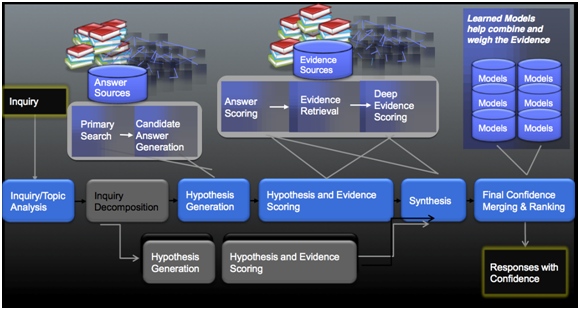What technology wants
Oct 9, 2014
 The disruption of these times is in large part fueled by technology innovation, and the next set of speakers addressed this in detail: what is happening in technology and where is it pulling us? What does technology want?
The disruption of these times is in large part fueled by technology innovation, and the next set of speakers addressed this in detail: what is happening in technology and where is it pulling us? What does technology want?
First up is Hannu Kauppinen, head of research laboratories, Nokia Technologies. Nokia, being disrupted itself, is still looking to become a disrupter again. With the world now filled with billions of sensors and trillions of connections, new intelligent software and analytics should lead to improved lives and Nokia’s ambition is to play an important role in that.
Innovations in technology are promising great new things, such as connected cars, self organizing networks or a true ‘sensing’ world. The programmable world promises to bring life to physical objects, opening new opportunities for engagement and interaction. Utopian scenarios of the world optimizing itself around the life and preferences of each user are coming closer and closer.
Also, true broadband mobile internet will also bring within reach things such as smart eyewear that allows interaction with all ‘things’, smart mobile robots optimizing manufacturing and even precision agriculture bringing radically improved yield. Each in turn revolutionary developments when they materialize.
Ultimately, Kauppinen argued, the goal is to stop looking at our mobile devices, to lift our heads up again and interact with the world directly instead of constantly looking down at out mobile devices. An interesting remark, considering it’s coming from Nokia.
John Hogan, from IBM, came to explain the thinking behind Watson. Watson, the famous cognitive system from IBM is making great leaps in computing by analyzing large datasets and deriving intelligent answers from them. Watson does not ‘think’ in the way people do, but it’s definitely much more advanced than any existing traditional, text-matching based system. There is still a massive amount of unused data and Watson would help people make sense of it by supporting the approach humans have: Observe, interpret, evaluate and then decide.
This is actually still quite hard for technology to do, balancing human designed algorithms, self learning and hard statistics. Making sense of human language is quite a feat thanks to the ambiguities that are embedded in it.
Now that Watson is proving it’s worth, IBM is working hard to bring it to the market and make it available to for example the medical world and ultimately turn it into a true cognitive platform, available for anyone to use.
Finally, Tim O’Brian from Microsoft gave the seven rules for the new IT. They are:
- IT will be cheap and plentiful, but new skills will not. As an example, Big Data Architects and Scientist are currently hard to find and the need is real.
- Data is the new currency.
- IT and Business are in this together. An increasing closeness between CIO and CMO, between business and IT, in sharing responsibility for digital strategy.
- IT will compete inside and outside the business.
- Sensors and algorithms will create and replace jobs. For example ThyssenKrups elevators using sensors to provide predictive maintenance capabilities. The elevator is coaching the repair person in doing the right maintenance.
- Perimeter control is over, but perimeter safety is still important.
Physics, economics and governments still have the final say. Things like network latency or government mandated data sovereignty cannot be ignored: they are a reality that impact your choices.

 English | EN
English | EN 


